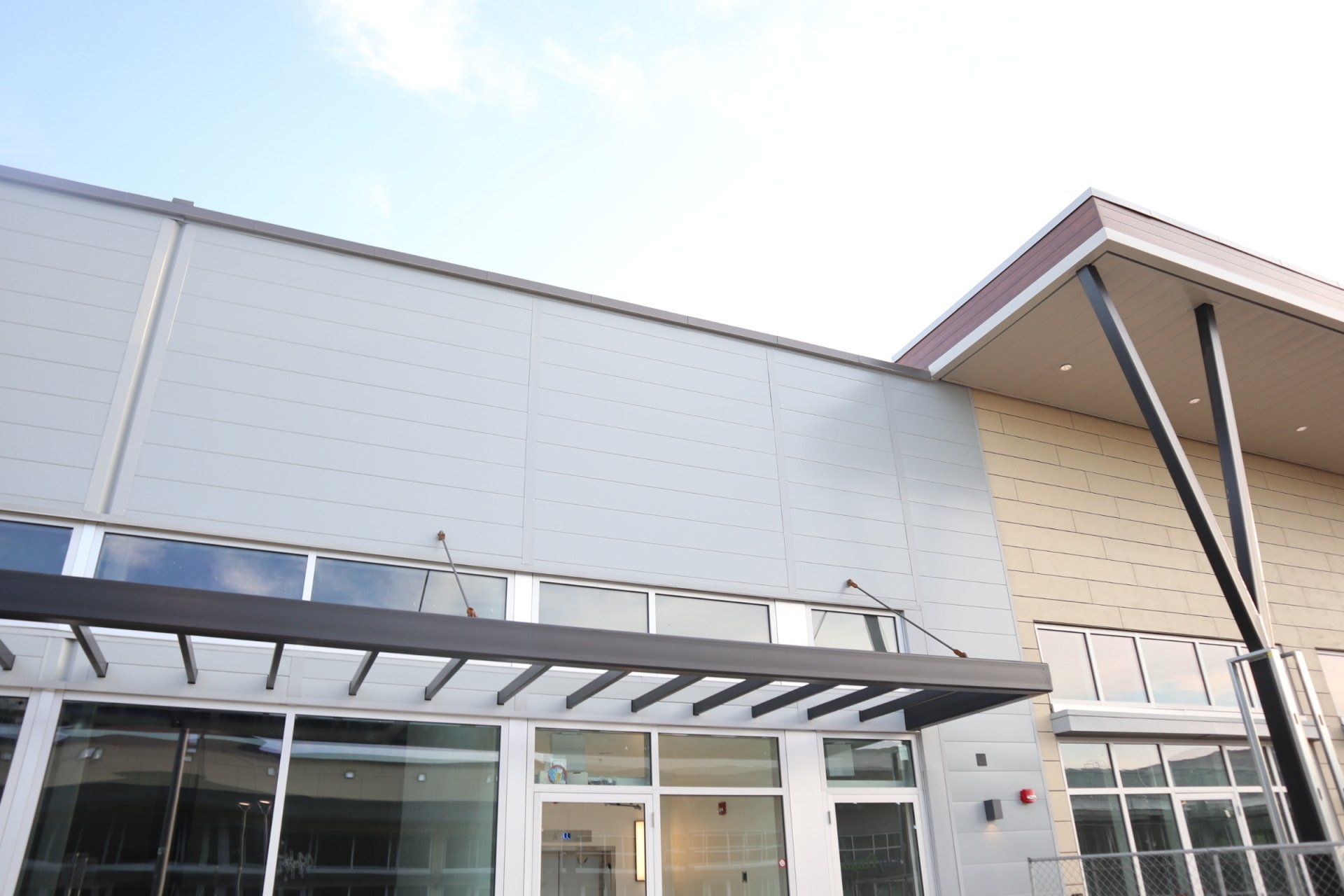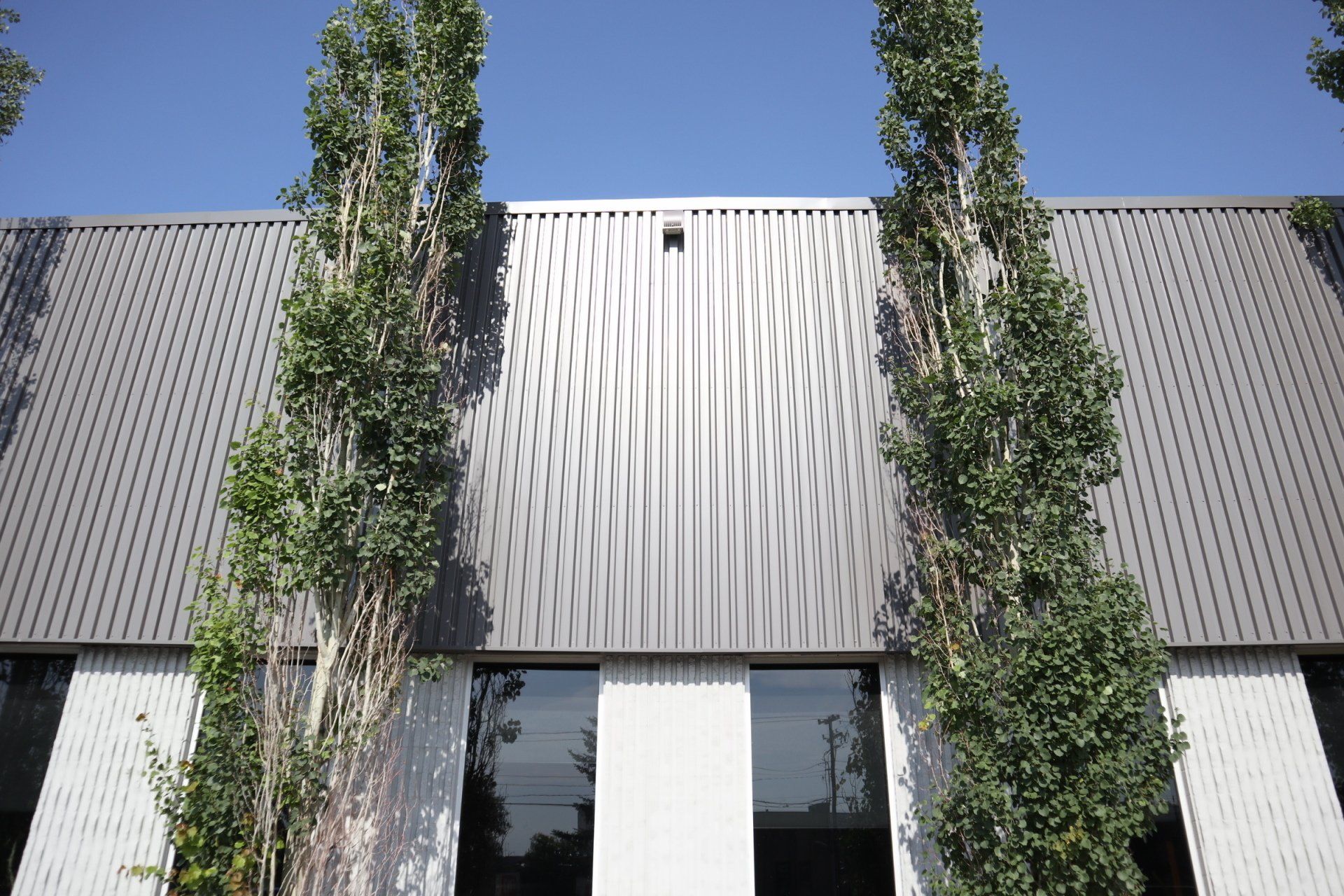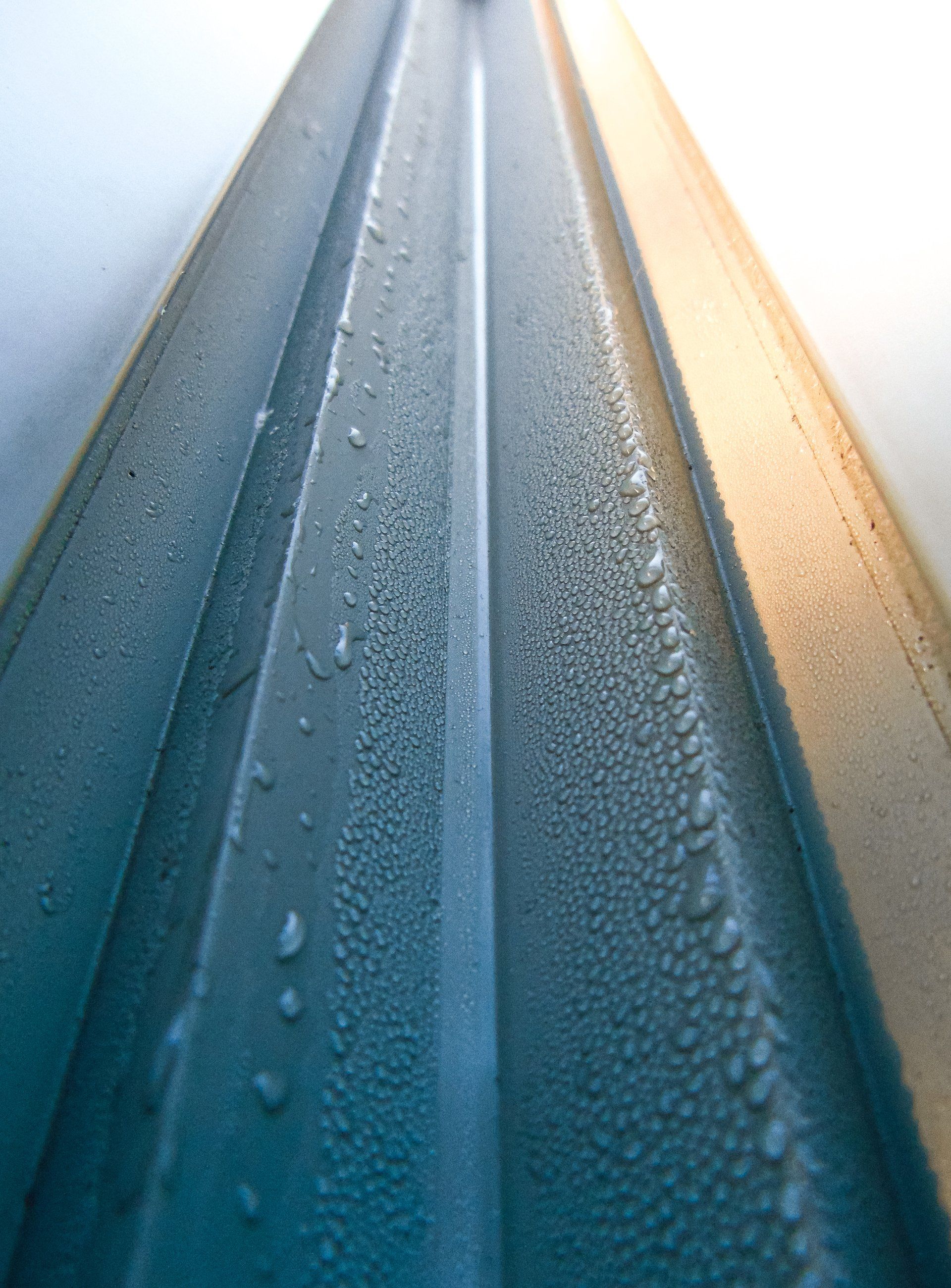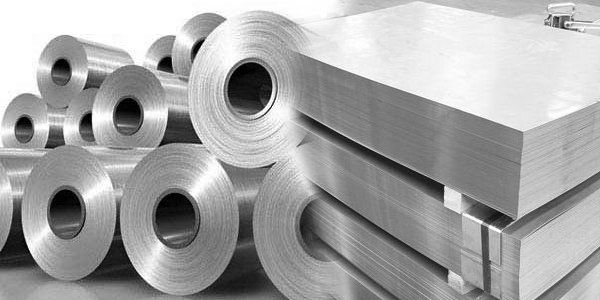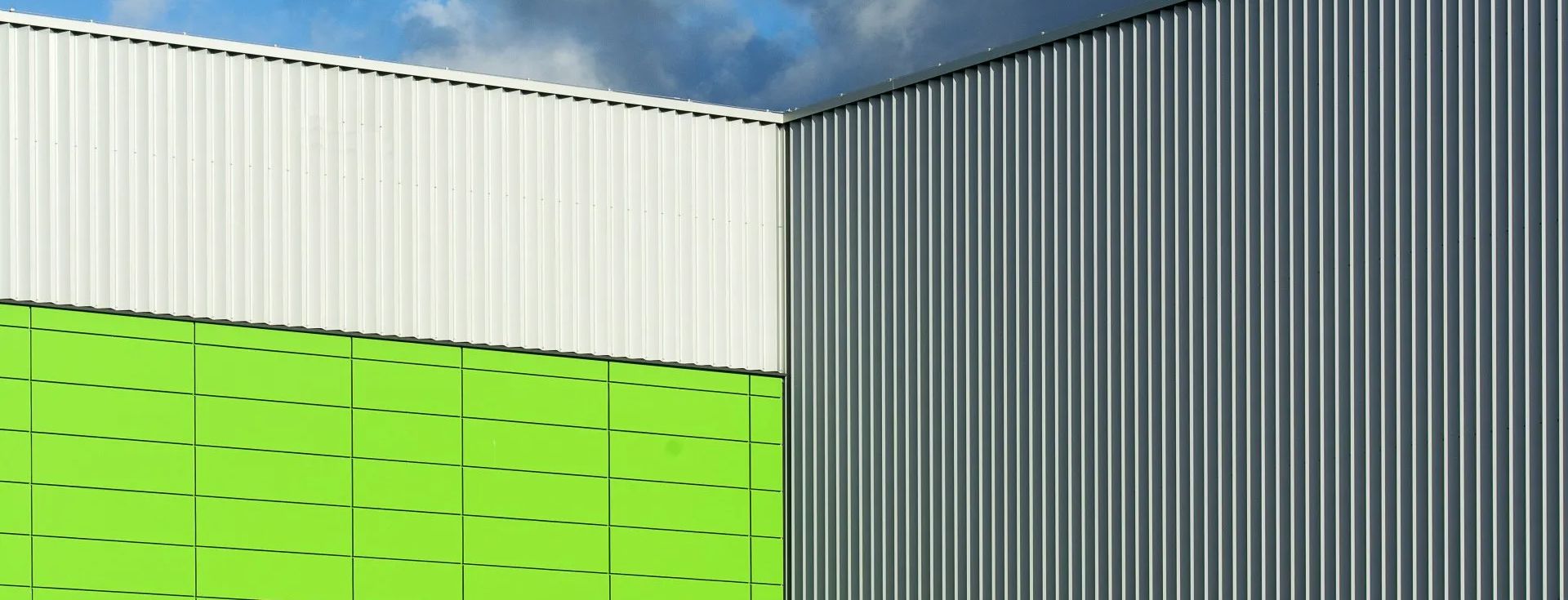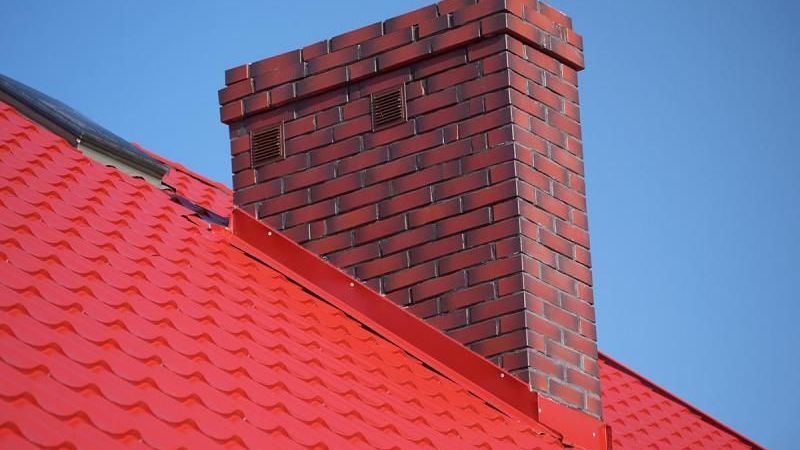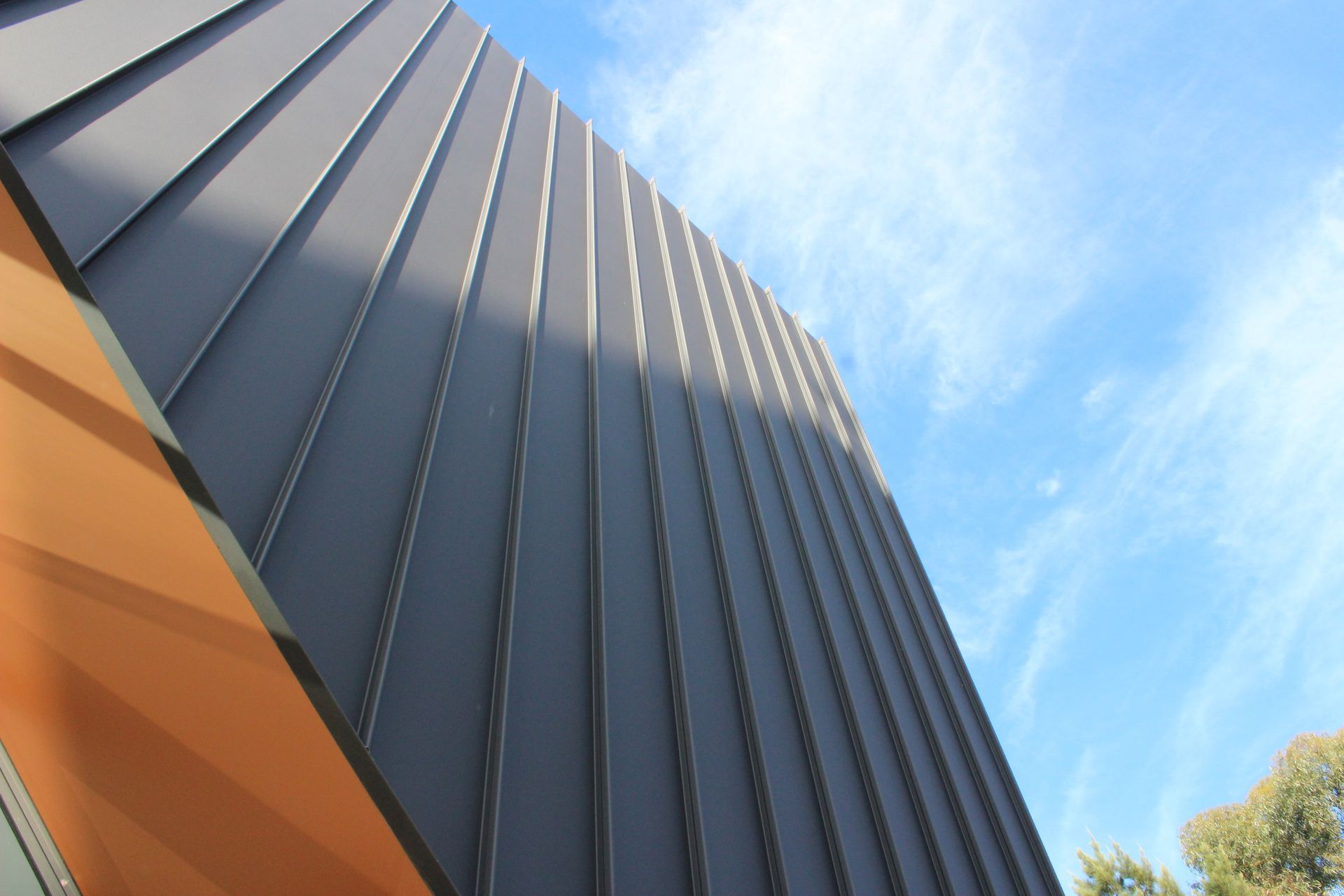A Quick Guide To Inspecting Metal Roof Flashing For Damage
As the clear and sunny days give way to more humid and snow-laden seasons, property owners are often worried about leaks and water damage.
Roof flashing specifically prevents seeping water from entering the building, which is why inspecting it for damage is an essential maintenance task.
Here’s what you need to know when it comes to inspecting your metal roof flashing.
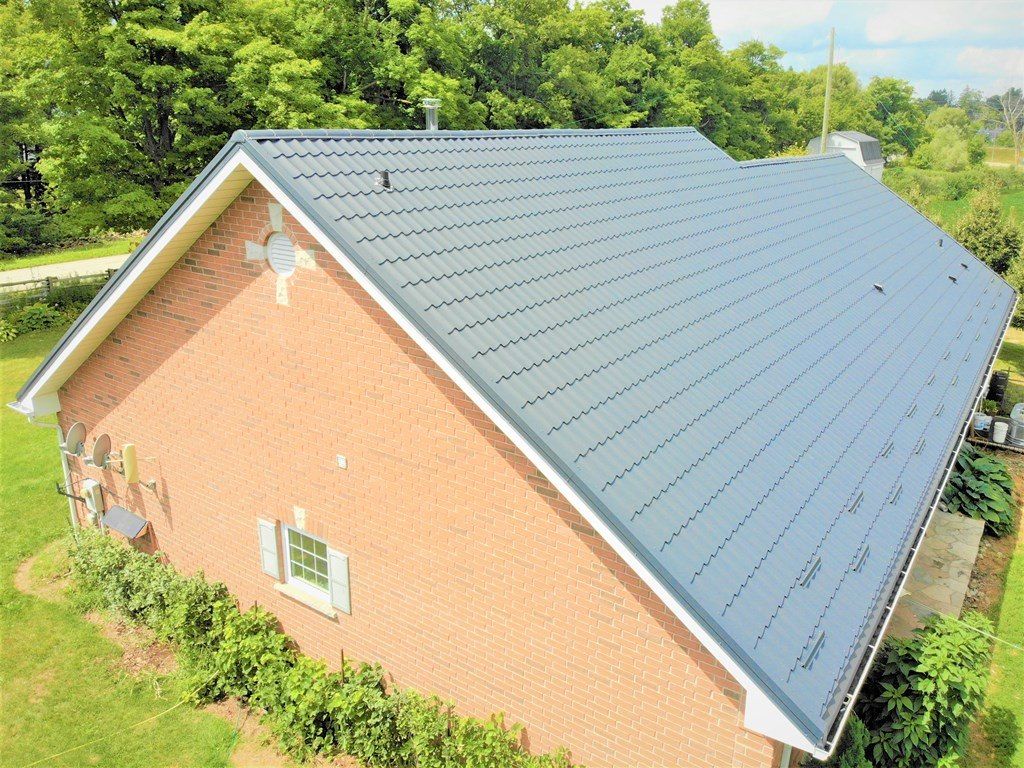
Why Inspect Metal Roof Flashing?
Even when made with high-quality metals, roof flashing can still loosen over time with heavy winds. If you ever hear metallic rattling from the roof (especially after a storm), your flashing may require adjustments.
And because flashing stops water from seeping into joints and crevices in the roof, misaligned flashing often results in roof leaks. Always inspect for flashing damage regularly so that you can fix the problem before the damage becomes severe.
What Do You Need For the Inspection?
While you don’t need the entire arsenal or a professional roof repair technician, a few tools come in handy if you suspect damage to your metal roof flashings.
- A ladder helps you reach the roof safely.
- A flashlight allows you to spot damaged flashing even if tall trees cover your home.
- A camera, such as the one on your smartphone, is useful for documenting your findings and reporting them to your service contractor.
- Chalk for marking off areas that may require repair.
- A tape measure for verifying measurements and ensuring everything aligns perfectly on the roof.
- A moisture meter, if you have one, helps you detect water leakage where flashing is present.
It’s also worth bringing other safety equipment like anti-slip shoes and roofing gloves for protecting your hands on a potentially damaged roof.
What Are the Most Common Issues?
Keep an eye out for flashing-specific problems.
- Cracks and breaks are the most obvious defect that can negatively impact flashing performance. Look for abnormalities in the appearance of flashing to find where gaps and separations might allow water to seep in.
- Corrosion and rust become apparent on metal roofing parts over time. They manifest in a dirty, brown color that calls for immediate replacement. Metals like galvanized steel and lead are common in flashing and tend to rust easily. Just keep in mind that some metals are intentionally red or brown for aesthetic reasons.
- Defective sealant and caulking are definitely a cause for concern. These coatings make roofing watertight.
Make note of any potential damages and be ready to tell your roofing service contractor during the next visit. While you can’t DIY a metal flashing repair easily, you can apply a UV-resistant sealant for temporary relief.
What To Do When You Must Repair or Replace Metal Roof Flashing
The best defense against seeping water is choosing a reliable metal supplier for your flashing. If industrial-grade durability sounds ideal for protecting against the next inevitable rainstorm, make sure your flashing comes from Phoenix Metals.
Check out how our
strong materials and long-lasting sealants protect your business from water damage and
get a quote today.

